Astronomy
-
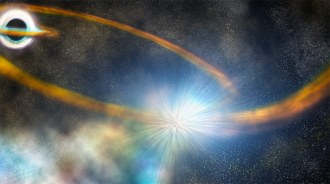 Space
SpaceA supermassive black hole shredded a star and was caught in the act
Astronomers have gotten the earliest glimpse yet of a black hole ripping up a star, a process known as a tidal disruption event.
-
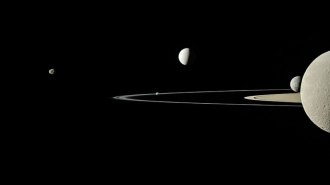 Space
SpaceWith 20 new moons, Saturn now has the most of any solar system planet
The discovery brings Saturn’s moon tally to 82. The previous record-holder, Jupiter, has 79.
By Sofie Bates -
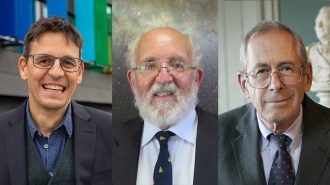 Physics
PhysicsPhysics Nobel awarded for discoveries about the universe’s evolution and exoplanets
Three scientists share the 2019 Nobel Prize in physics for revealing what makes up our cosmos and for finding the first planet orbiting a sunlike star.
By Emily Conover and Lisa Grossman -
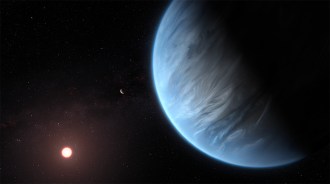 Space
SpaceWhy just being in the habitable zone doesn’t make exoplanets livable
A reignited debate over whether a new planet is habitable highlights the difficult science of seeking alien life.
-
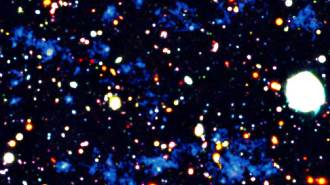 Space
SpaceA new image reveals the structure of the cosmic web
Newly spotted tendrils of gas within a forming cluster of galaxies support scientists’ theory of the cosmos.
-
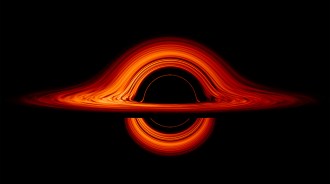 Space
SpaceNASA’s new black hole visualizations showcase how gravity warps light
Images from computer simulations highlight how the extreme gravity of a black hole tampers with light rays emanating from its accretion disk to create weird patterns.
-
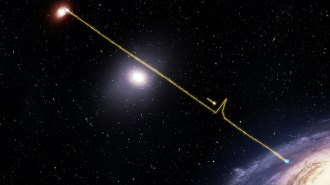 Space
SpaceThis fast radio burst shined a light on a galaxy’s mysterious gas halo
A lucky alignment let astronomers probe one galaxy’s diffuse gas using a brief, bright blast from a more distant galaxy.
-
 Astronomy
AstronomyHow an astrophysicist chased a star from the Halo games to real life
Julián Alvarado Gómez has devoted his career to a star called Iota Horologii. His former life as a Halo video gamer helps fuel that devotion.
-
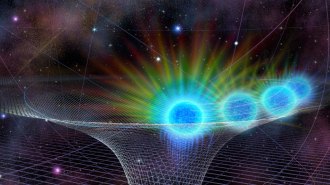 Space
SpaceThe Milky Way’s supermassive black hole reached record brightness this year
The big black hole at the center of the galaxy recently flared twice as bright as ever seen before in near-infrared wavelengths.
-
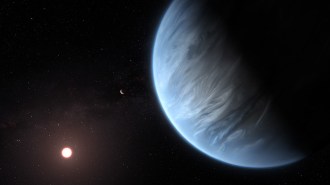 Astronomy
AstronomyThis may be the first known exoplanet with rain and clouds of water droplets
For the first time, astronomers have detected water vapor and possibly signs of clouds and even rain in the air of a potentially habitable exoplanet.
-
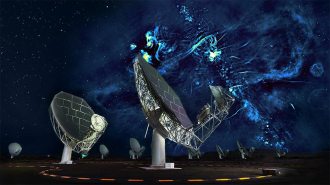 Astronomy
AstronomyGiant radio bubbles spew from near the Milky Way’s central black hole
New structures found at the heart of our galaxy join other bubbles, chimneys and filaments that hint at a turbulent past.
-
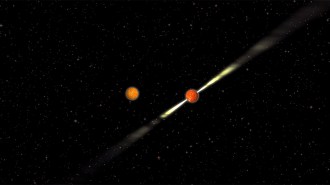 Space
SpaceEinstein’s general relativity reveals new features of a pulsar
Measurements that rely on the physicist’s theory of gravity are letting astronomers view a pulsar in ‘a whole new way.’